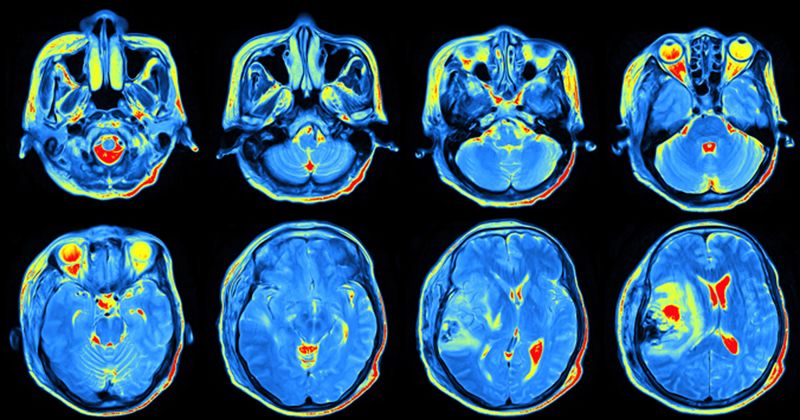White matter hyperintensities 1 year after stroke linked to cognitive scores
White matter hyperintensity volumes at 1 year strongly correlated with contemporaneous cognitive scores after stroke, according to study results published in Neurology.
“Although numerous studies have assessed baseline [white matter hyperintensities (WMH)] and [modified Rankin Score (mRS)] change after stroke, we are not aware of any studies that have assessed WMH progression and mRS change after stroke, or if WMH progression or severity at specific time-points affects variation between both mRS and cognition post-stroke, despite these measures being collected increasingly by ongoing studies,” Una Clancy, MB, BAO, BCh, of Edinburgh Imaging and the U.K. Dementia Research Institute at the University of Edinburgh, and colleagues wrote. “The present in-depth analysis builds on previous work from the Mild Stroke Study-2 on 1- and 3-year outcomes after stroke, which included predictors of cognition and cognition-mRS relationships but did not assess longitudinal change incorporating all three elements of cognition, mRS and WMH.”

Clancy and colleagues recruited 264 patients (mean age, 66.9 years; 41.7% women; median mRS = 1) within 3 months of a minor ischemic stroke, defined as NIHSS score less than eight and not expected to lead to an mRS greater than two. Repeat MRI occurred at 1 year and cognitive and mRS assessments at 1 and 3 years. Researchers used longitudinal mixed-effects models to examine change in Addenbrooke’s Cognitive Examination-Revised (ACE-R) and mRS.
At 1 year after stroke, results showed a stronger association between normalized WMH volumes and 1-year ACE-R (beta = –0.259; 95% CI, –0.407 to –0.111 more WMH per 1-point ACE-R decrease) compared with subacute WMH volumes and ACE-R (beta = 0.105; 95% CI, –0.265 to 0.054). Researchers noted an association between 3-year mRS and 3-year ACE-R (beta = –0.272; 95% CI, –0.429 to –0.115), as well as between combined change in baseline-1-year jointly assessed ACE-R/mRS and fluctuating WMH volumes.
“We need to closely track the natural history of dementia post-stroke and determine whether clinically and radiologically distinct dementia subtypes emerge over time,” Clancy and colleagues wrote. “Identifying subgroups will allow future triage of clinical presentations to appropriate services, the development of disease-specific management strategies and targeted entry into future research trials.”
